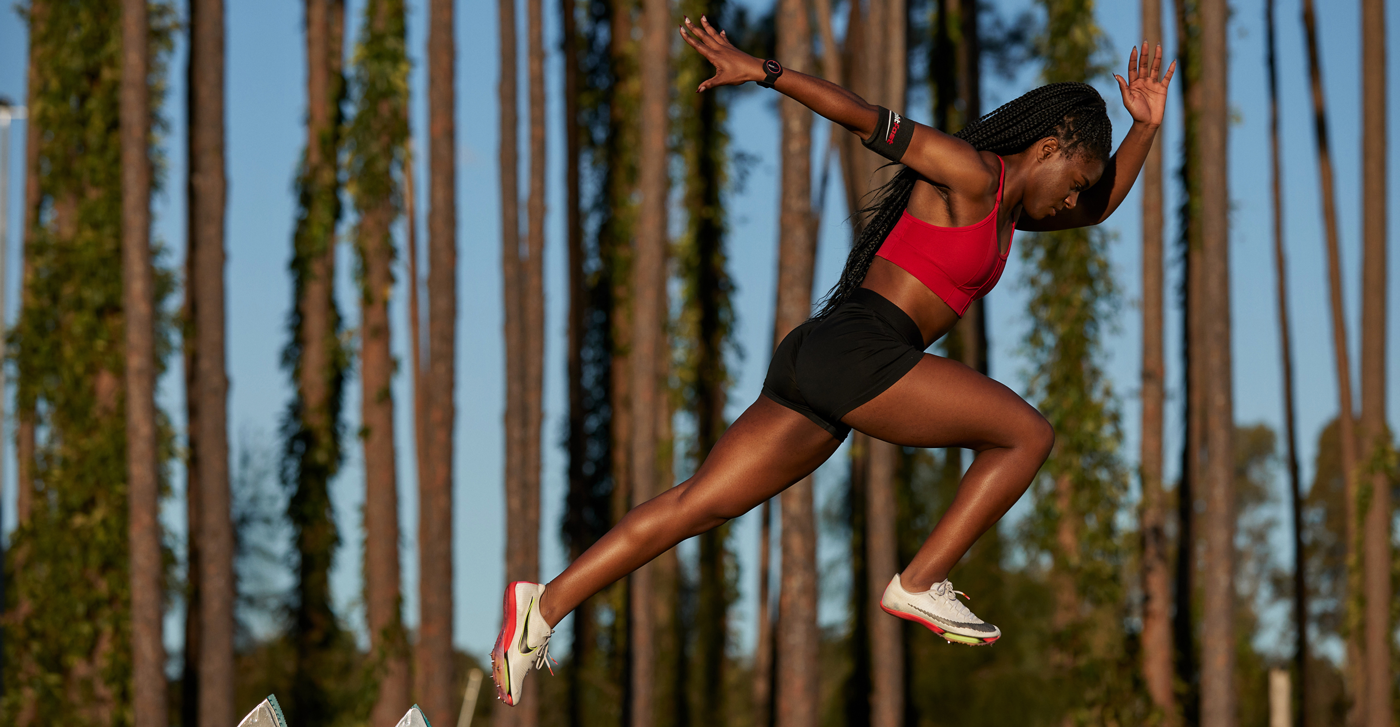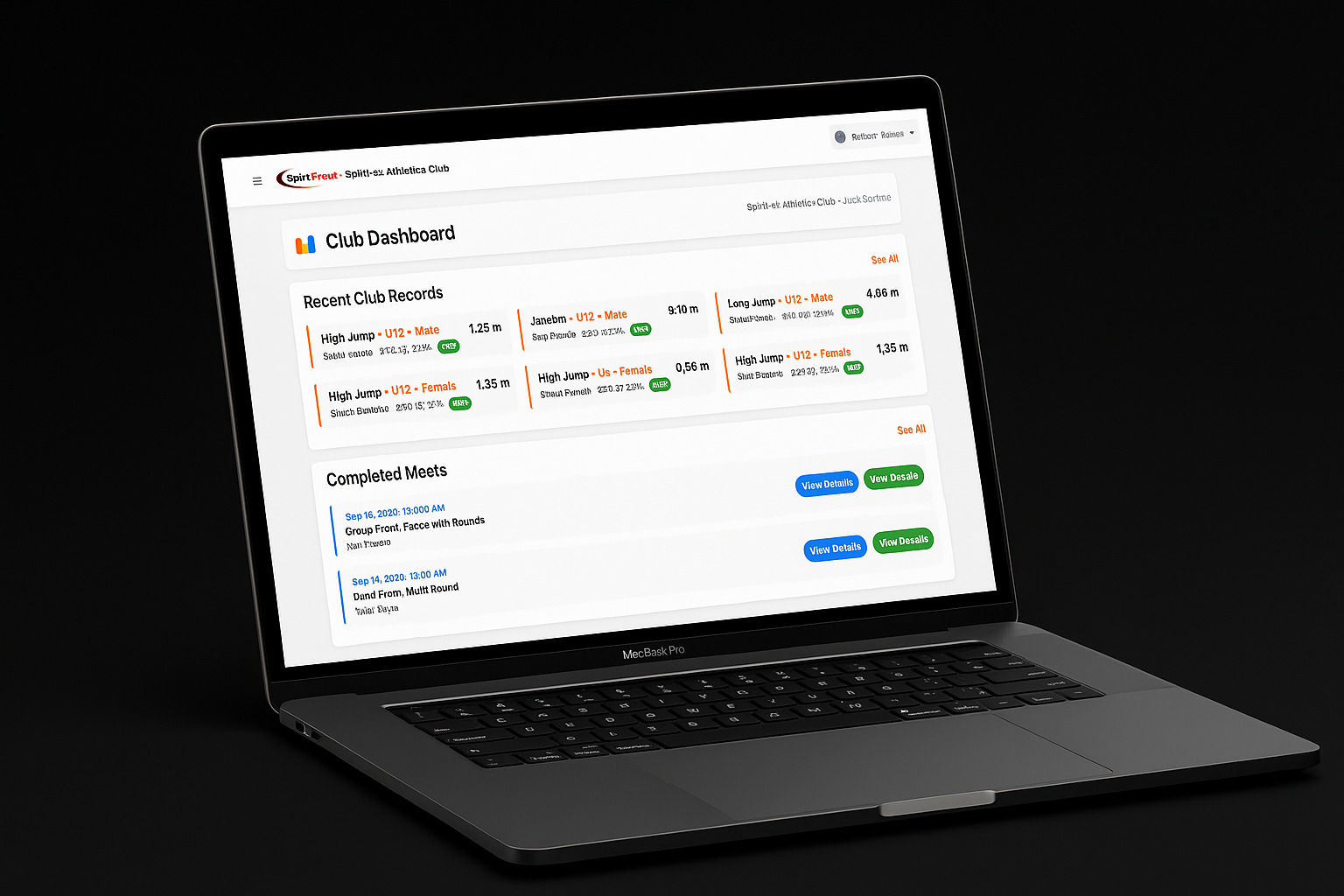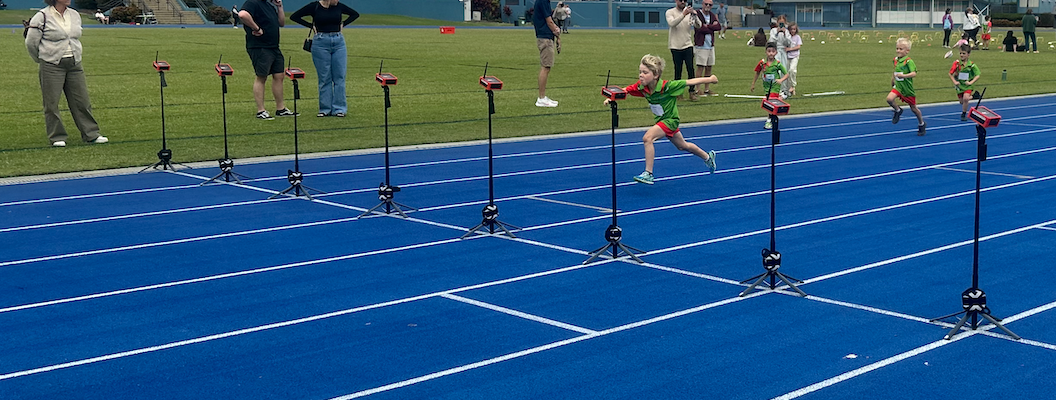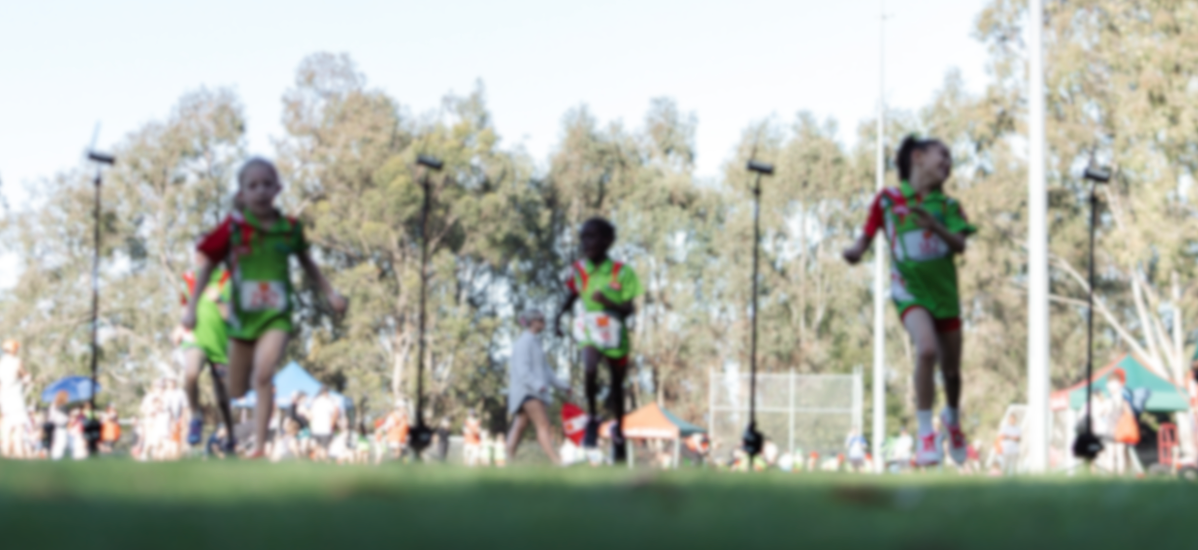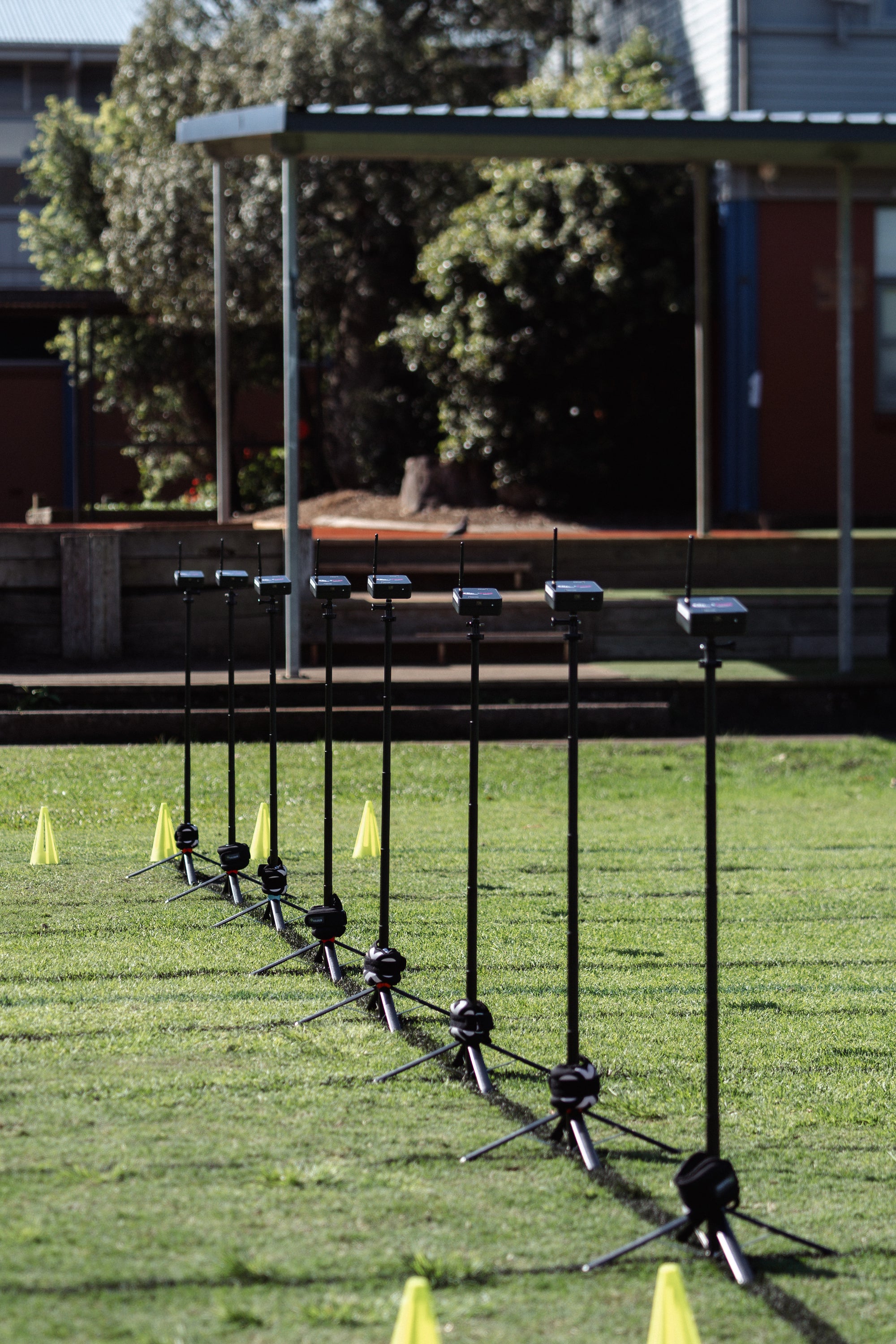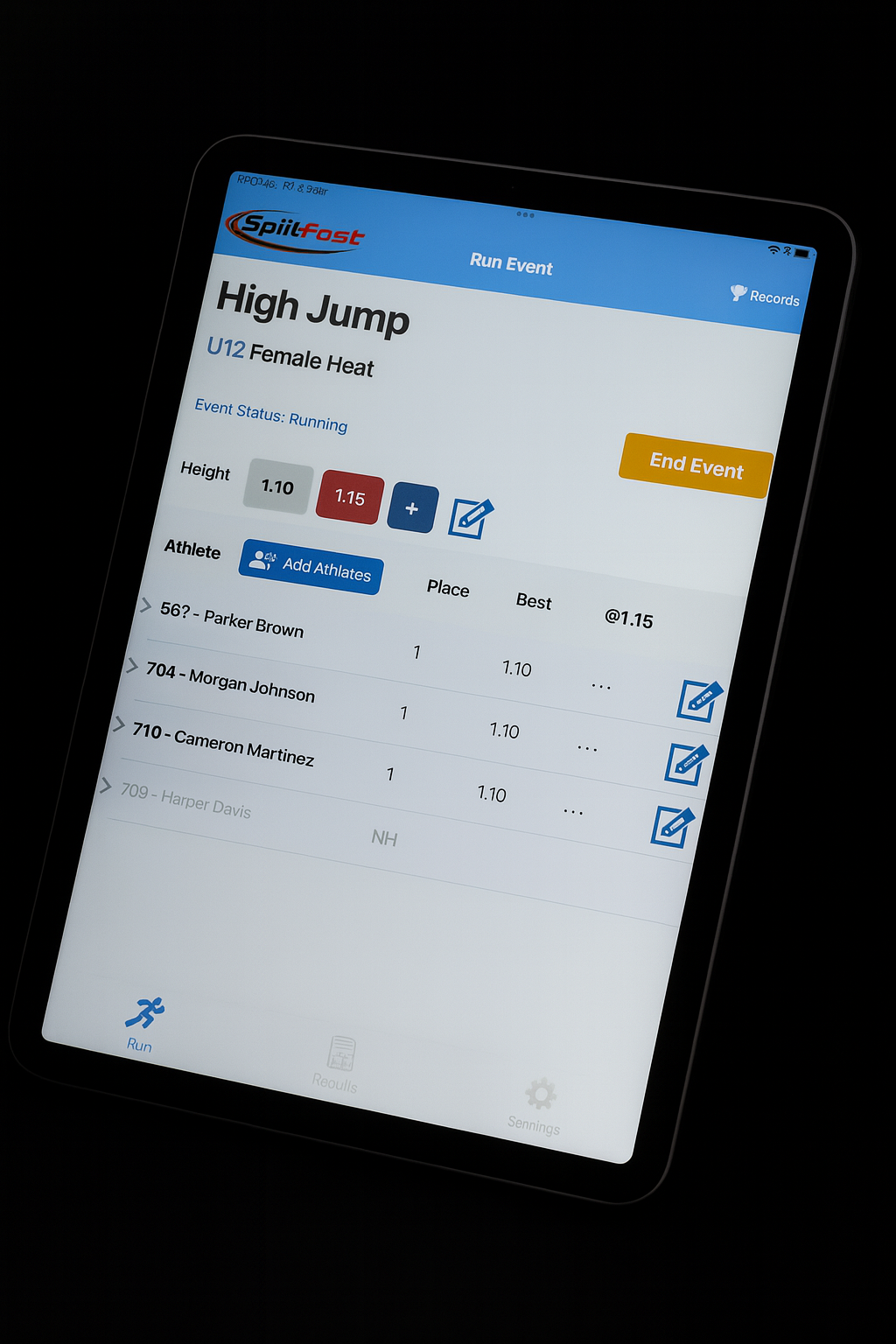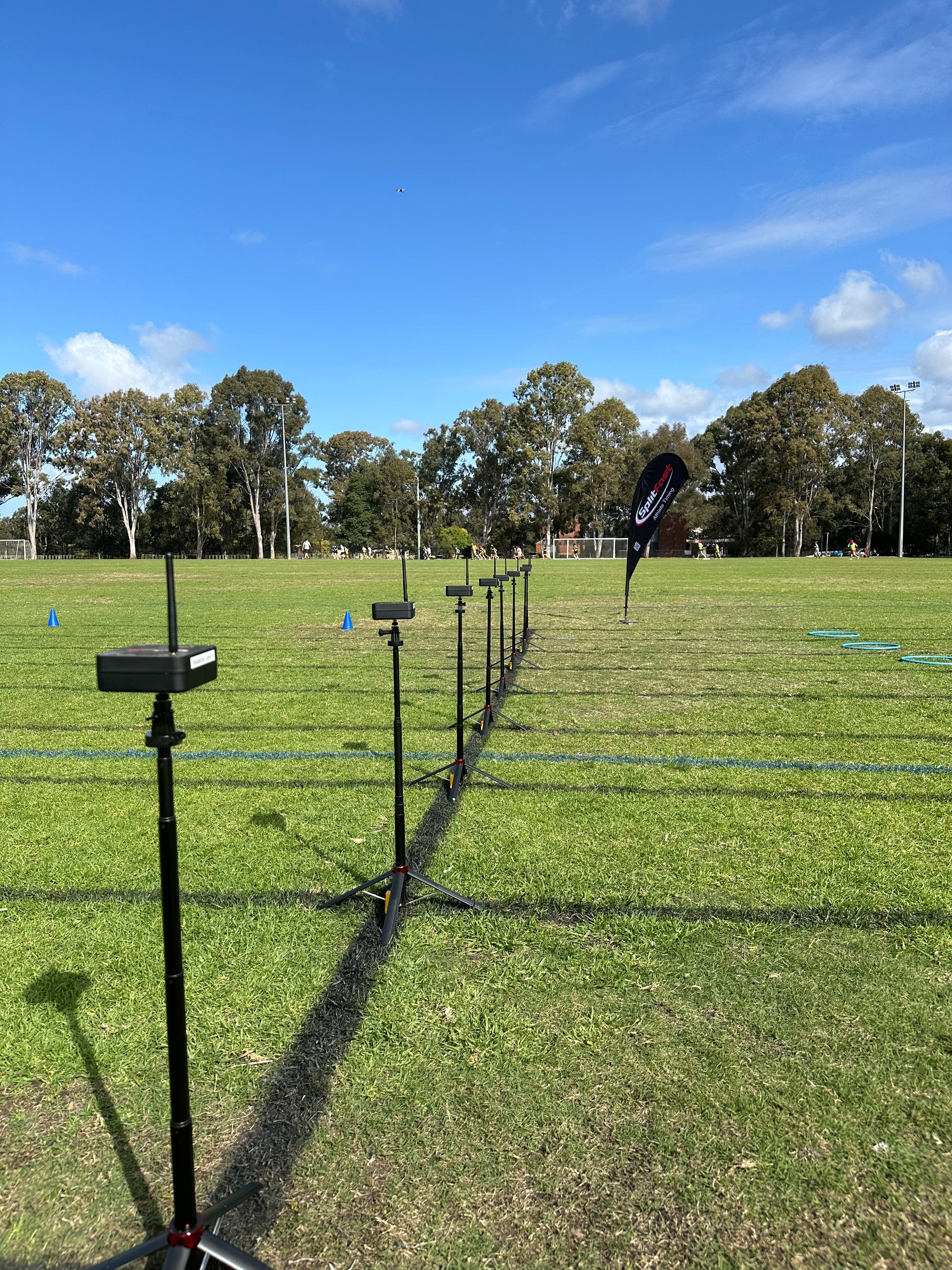Does performance of hang power clean differentiate performance of jumping, sprinting and changing of direction?

Naruhiro Hori, Robert U. Newton, Warren A. Andrews, NaokiKawamori and Michael R. McGuigan
Journal of Strength and Conditioning Research (2008) 22(2), 412-418
This week’s review article examines the relationship between sprint performance over 20 m, with the hang power clean, the hang power clean relative to body weight, 1 RM front squat and a counter movement jump with 40 kg, and finally the same counter movement jump relative to body weight.
The authors also examined the relationship between the 5-5 change of direction, a measure of agility, with each of the other parameters. As subjects, the authors used semi-professional Australian rules footballers with experience in the various lifts.
For analysis the subjects were divided into two groups according to their performance in the hang power clean relative to their body weight. Significant differences were observed between the two groups (p
Further analysis revealed strong correlations (p
Through this study, Narahiro and his associates revealed some interesting information about agility. While agility was related to absolute hang power clean, it was not related to hang power clean relative to body weight. The authors concluded that, while absolute strength is important, factors other than strength, such as decision making, play a very important role in agility. Obviously, to develop decision making skills, training drills which simulate the agility requirements of the sport should be incorporated in the training program.
So what does this mean to the coach and athlete? Firstly, mature athletes should incorporate front squats during the early offseason and introduce hang power clean and counter movement squats later in the offseason. Skeletally immature athletes could use vertical jumping instead of the other exercises as the muscles utilised are similar but jumping does not place as great a load on the developing skeletal system. Based on the results of Naruhiro and his associates we would suggest that the mature athlete should be able to hang power clean their own body weight or more, and front squat 1.3 times their body weight.
Finally, specific drills simulating the agility requirements of the sport should be incorporated into the training program to realize the full benefits of strength training.
Our congratulations go out to the authors of this well devised study. The technically savvy reader would do well to acquire the full article.






